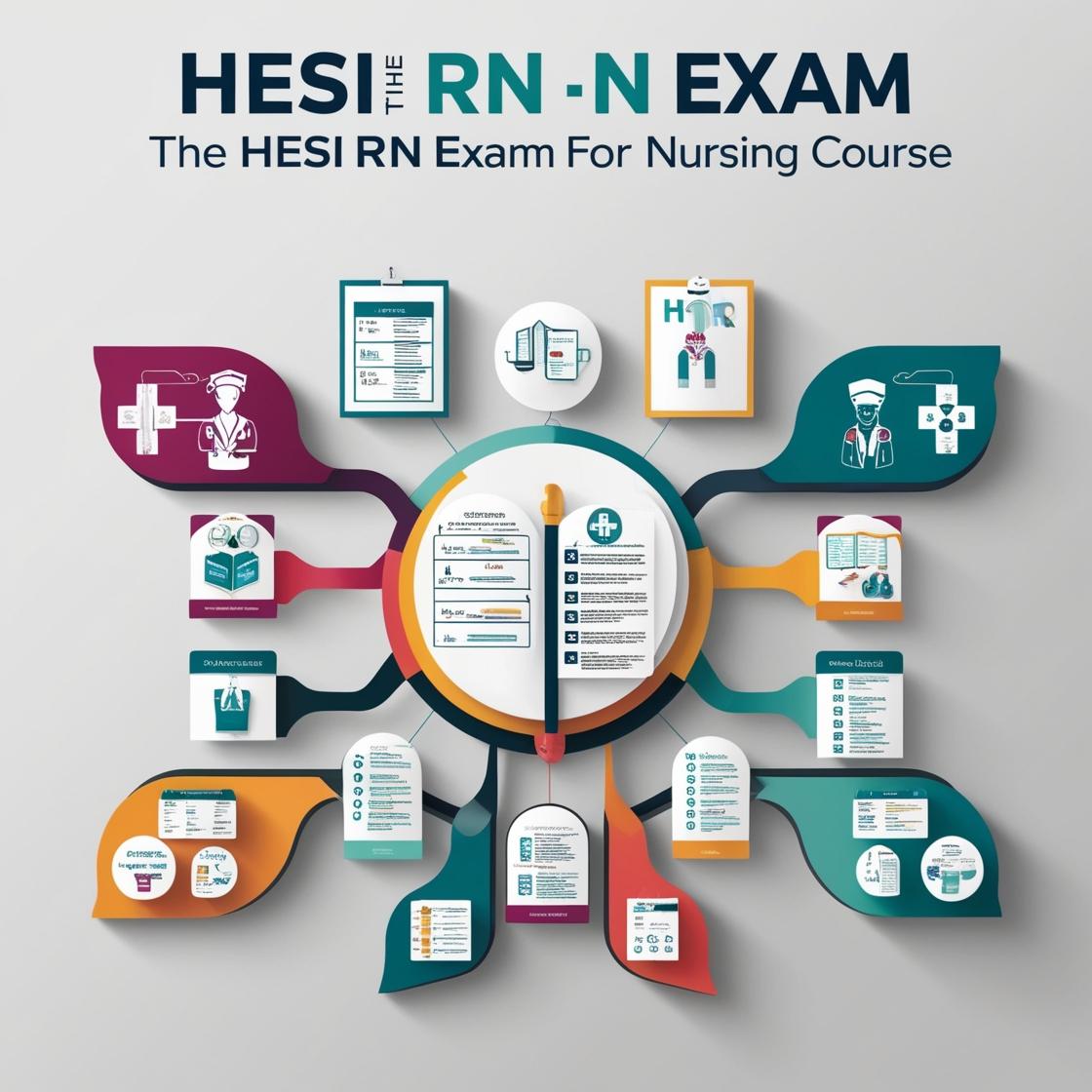HESI RN
HESI Quizlet Fundamentals
1. What is the most important instruction for the nurse to provide a client with a new colostomy regarding stoma care?
- A. Cleanse the stoma with hydrogen peroxide and water.
- B. Apply a moisture barrier cream to the peristomal skin.
- C. Measure the stoma using a stoma guide.
- D. Use a dry gauze pad to clean the stoma.
Correct answer: C
Rationale: Measuring the stoma using a stoma guide (C) is crucial as it ensures that the appliance fits properly, which is essential for preventing skin irritation and leakage. Proper measurement helps in selecting the right size of the appliance, promoting comfort and optimal stoma care. In contrast, cleansing with hydrogen peroxide (A), applying a moisture barrier cream (B), and using a dry gauze pad (D) are important but not as critical as ensuring the correct fit of the stoma appliance.
2. A client with stage 4 lung cancer receiving in-home hospice care expresses concerns about pain while the nurse is arranging for discharge. What action should the nurse take?
- A. Explain the potential respiratory issues associated with morphine use.
- B. Educate the family on assessing the effectiveness of analgesics.
- C. Suggest requesting a patient-controlled analgesic (PCA) pump from the healthcare provider.
- D. Provide the client with a schedule for around-the-clock prescribed analgesic use.
Correct answer: D
Rationale: In managing pain for a client with stage 4 lung cancer in hospice care, providing a schedule for around-the-clock prescribed analgesic use is essential. This approach ensures continuous pain control and helps prevent breakthrough pain. By having a consistent dosing schedule, the client can maintain a more stable level of pain relief, enhancing their comfort and quality of life during this critical time.
3. The client is being taught about the use of syringes and needles for home administration of medications. Which action by the client indicates an understanding of standard precautions?
- A. Remove needle before discarding used syringes
- B. Wear gloves to dispose of the needle and syringe
- C. Don a face mask before administering the medication
- D. Wash hands before handling the needle and syringe
Correct answer: D
Rationale: Washing hands before handling needles and syringes is a crucial aspect of standard precautions to prevent infections. This practice helps reduce the risk of transferring microorganisms from the hands to the syringes and needles, thus promoting safety during medication administration.
4. A client with a history of myocardial infarction (MI) is admitted with chest pain. Which laboratory test should the nurse expect to be ordered to determine if the client is experiencing another MI?
- A. Troponin
- B. Myoglobin
- C. CK-MB
- D. C-reactive protein
Correct answer: A
Rationale: Troponin is the most specific and sensitive laboratory test for detecting myocardial infarction (MI). It is released when there is damage to the heart muscle, making it a valuable marker for diagnosing another MI. Myoglobin and CK-MB can also be elevated in MI, but troponin is preferred due to its higher specificity. C-reactive protein is a marker of inflammation and not specific to MI.
5. Twenty minutes after beginning a heat application, the client states that the heating pad no longer feels warm enough. What is the best response by the nurse?
- A. That means you have derived the maximum benefit, and the heat can be removed.
- B. Your blood vessels are becoming dilated and removing the heat from the site.
- C. We will increase the temperature by 5 degrees when the pad no longer feels warm.
- D. The body's receptors adapt over time as they are exposed to heat.
Correct answer: D
Rationale: Choice (D) describes thermal adaptation, which occurs 20 to 30 minutes after heat application. The body's receptors adjust to the constant heat exposure, leading to a decreased sensation of warmth. Choices (A) and (B) provide inaccurate information regarding the situation, while choice (C) is not physiologically sound and could potentially harm the client by increasing the temperature unnecessarily.
Similar Questions

Access More Features
HESI RN Basic
$89/ 30 days
- 50,000 Questions with answers
- All HESI courses Coverage
- 30 days access @ $89
HESI RN Premium
$149.99/ 90 days
- 50,000 Questions with answers
- All HESI courses Coverage
- 30 days access @ $149.99
